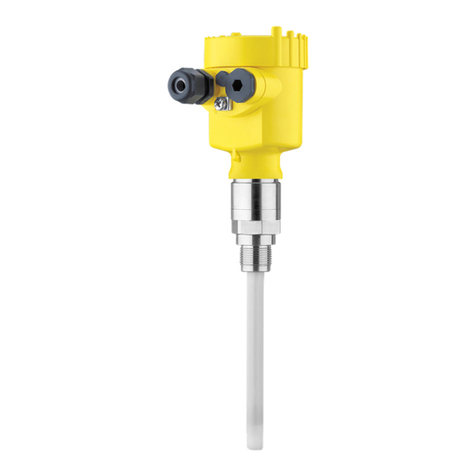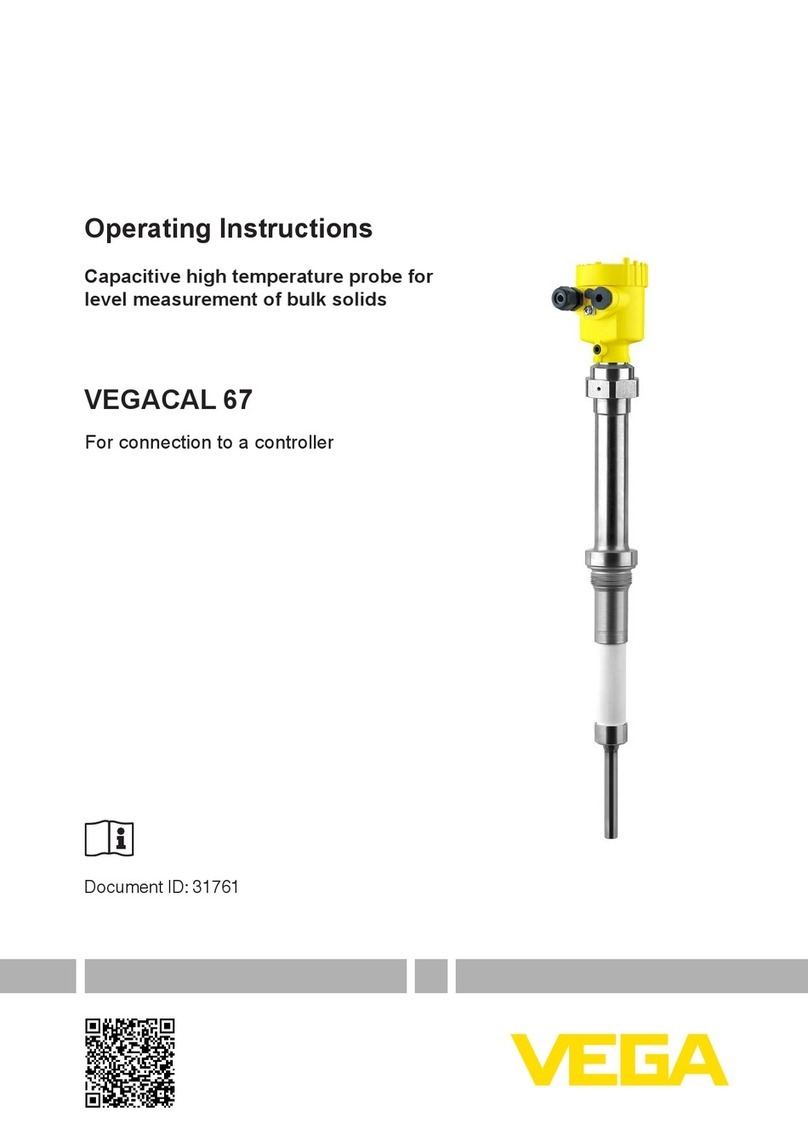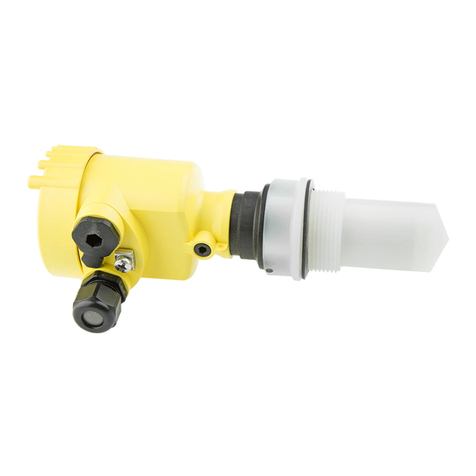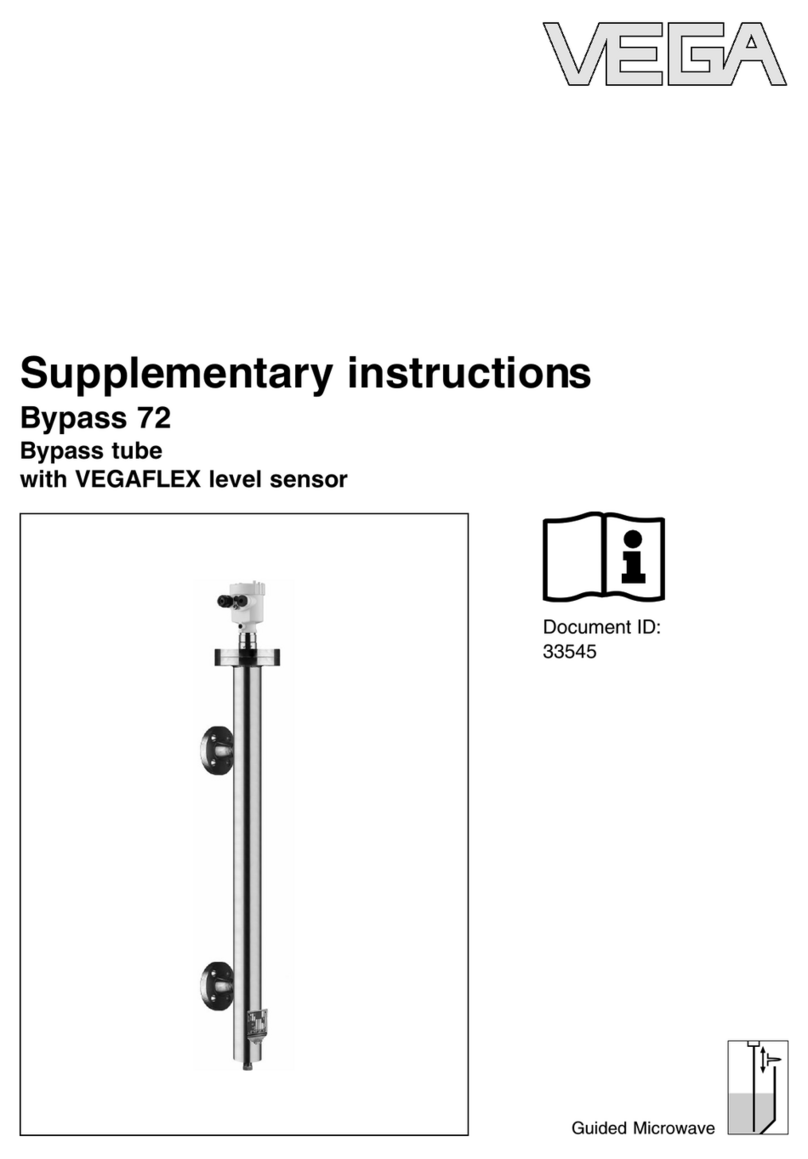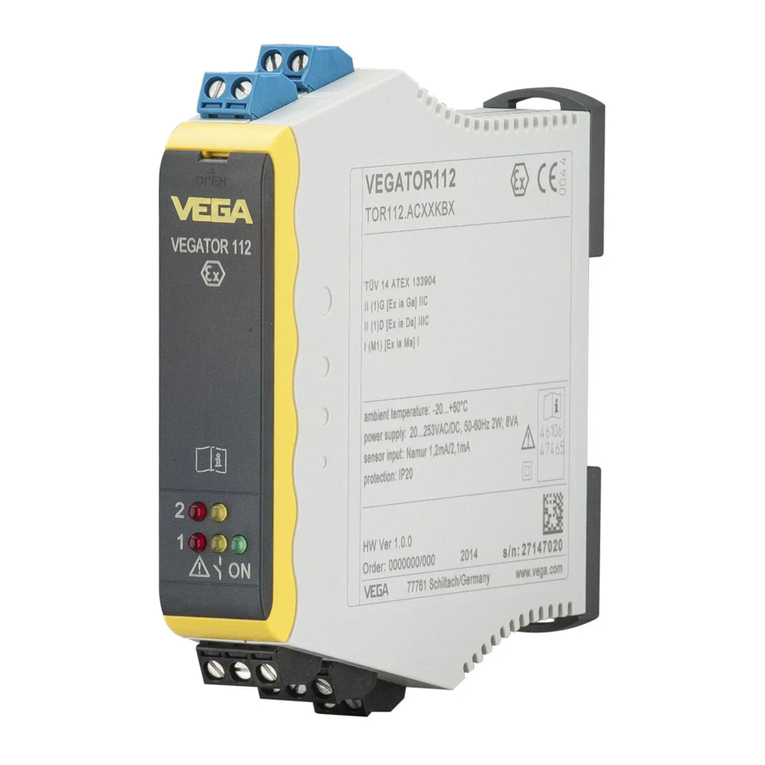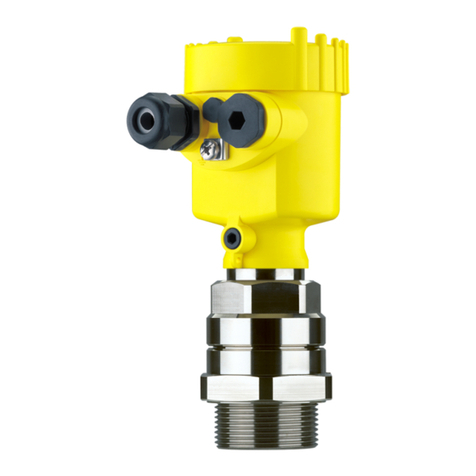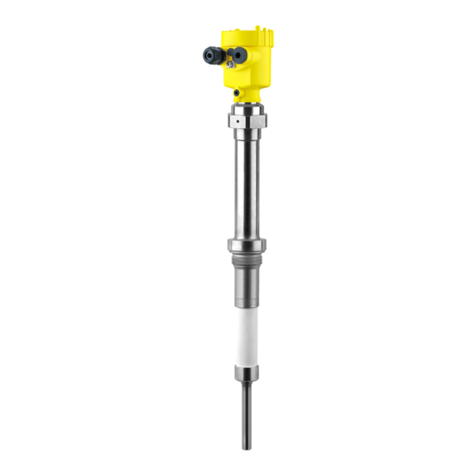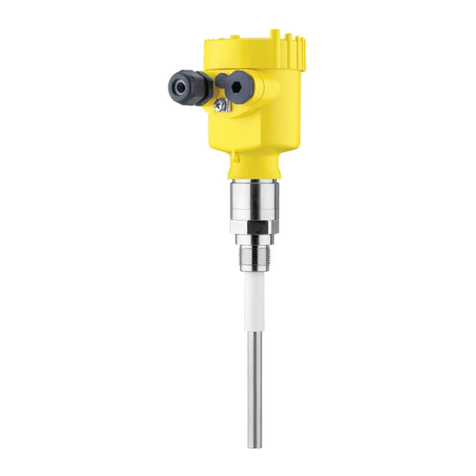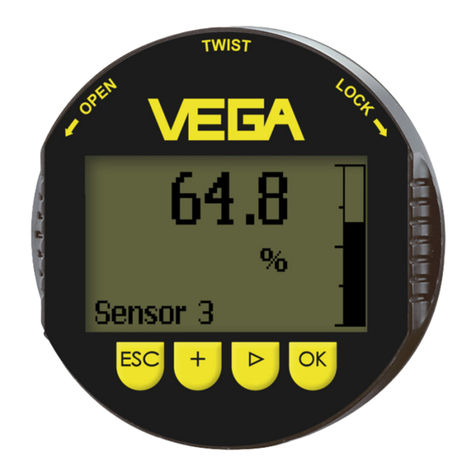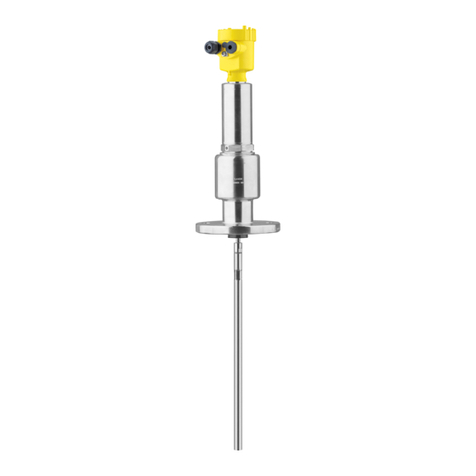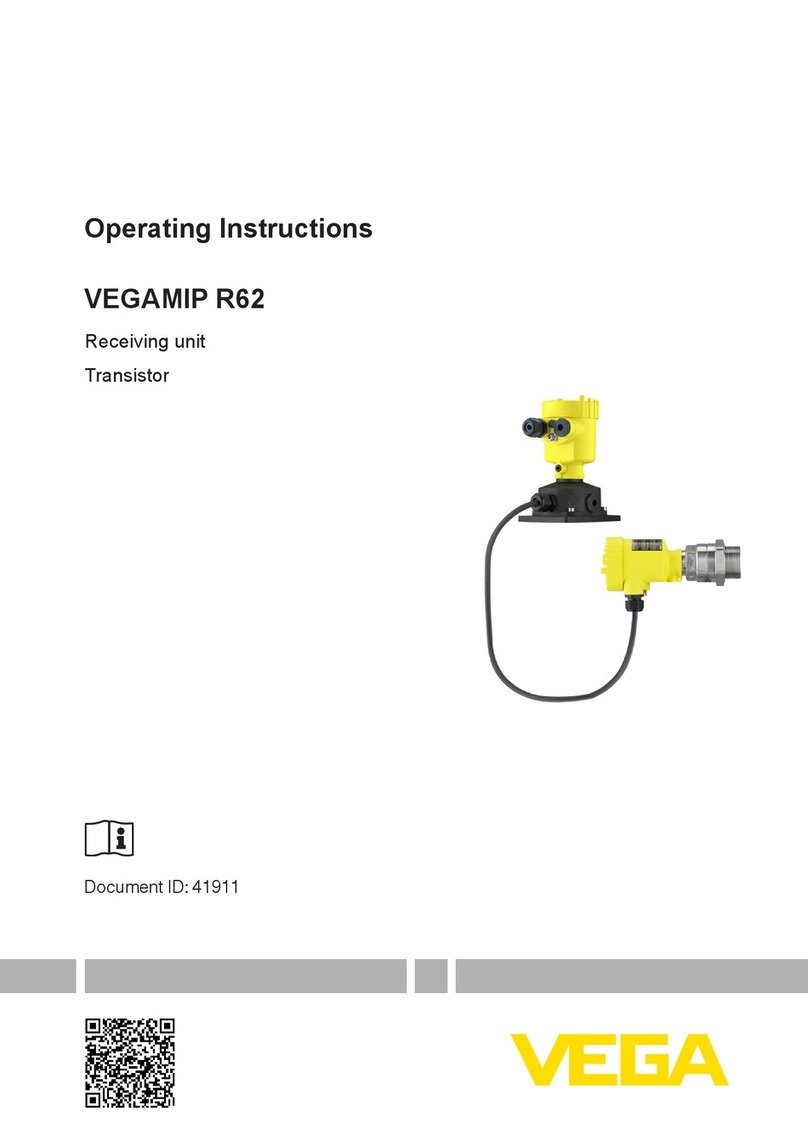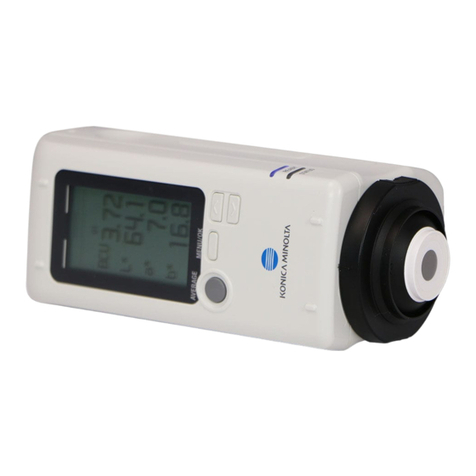Table of Contents
Table of Contents
Revision History ................................................................................ 3
Table of Contents .............................................................................. 5
Wiring ................................................................................................. 7
Current Loop Output...................................................................................... 9
Auxiliary Input Frequency Signal ................................................................... 9
Relay ............................................................................................................. 9
RS-485 ........................................................................................................ 10
Setup and Calibration ..................................................................... 11
Current Loop (analog output calibration) ..................................................... 11
Set up 4 mA ........................................................................................................ 11
Set up 20 mA ...................................................................................................... 11
Select Linearity ................................................................................................... 12
Calibrate Gauge.................................................................................................. 12
Maintenance and Diagnostics ........................................................ 15
Alarm Types ................................................................................................ 15
Gauge Status............................................................................................... 16
Diagnostic Screens in Ohmview 2000.............................................................. 16
Acknowledge Diagnostic Alarms......................................................................... 16
Diagnostic Alarm Messages and Conditions....................................................... 16
Troubleshooting........................................................................................... 19
Test points .......................................................................................................... 19
LED Indicators .................................................................................................... 20
Field Repair Procedures.............................................................................. 22
Replace CPU or Power Supply Board ................................................................. 23
Periodic Maintenance.................................................................................. 23
Customer Service............................................................................ 24
5





